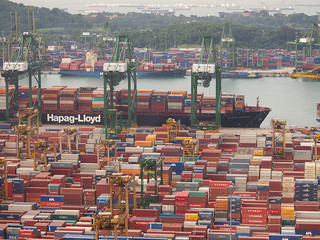Even After Industry Improvements, U.S. Cargo Theft on the Rise

Carriers have taken measures to try to improve security, including beefing up their technologies, internal processes, and employee training. Yet theft of cargo still continues to rise. During the three-month period between June and August of this year, cargo theft rose by five percent, while the value of the cargo stolen rose by nine percent. There were a total of 202 thefts during this time period, with an average loss of $166,454.
The most heavily targeted cargo was food and drink shipments, including meats, cereals, prepared foods, and non-alcoholic drinks. This group accounted for 22 percent of all cargo thefts, with a total of 45 incidents of theft. Electronics shipments took the second heaviest hit, with 29 total thefts accounting for 14 percent of total cargo thefts. This group included computers, television sets, and related accessories.
Metal shipments came in third on the list, released by the group FreightWatch, with 25 total thefts, accounting for 12 percent of cargo theft from July-August. This includes theft of increasingly valuable copper, as well as steel and aluminum shipments.
Though food and drink shipments involving non-alcoholic beverages generally have an average per-incident loss of only $100,000, theft of shipments of alcoholic beverages average $700,000, making it a lucrative haul for the thieves.
Fortunately, the cargo thefts here in the U.S. generally lack the violent nature of those often experienced overseas. There are few reports of hijacked trucks or attempted hijackings, as most of these thefts involve the tow away of whole trailers, usually from unguarded lots. Still, a fair number of guarded lots also become targets.
Most of the thefts involve a failure of the carrier’s or shipper’s employees following basic safety protocol. For example, lots are commonly left unguarded and drivers frequently make stops within 100 miles of the location where they picked up the load.
Eastern states saw the majority thefts, with the exception of the larger states of California and Texas, which saw a greater number than most of the smaller southeastern states.






